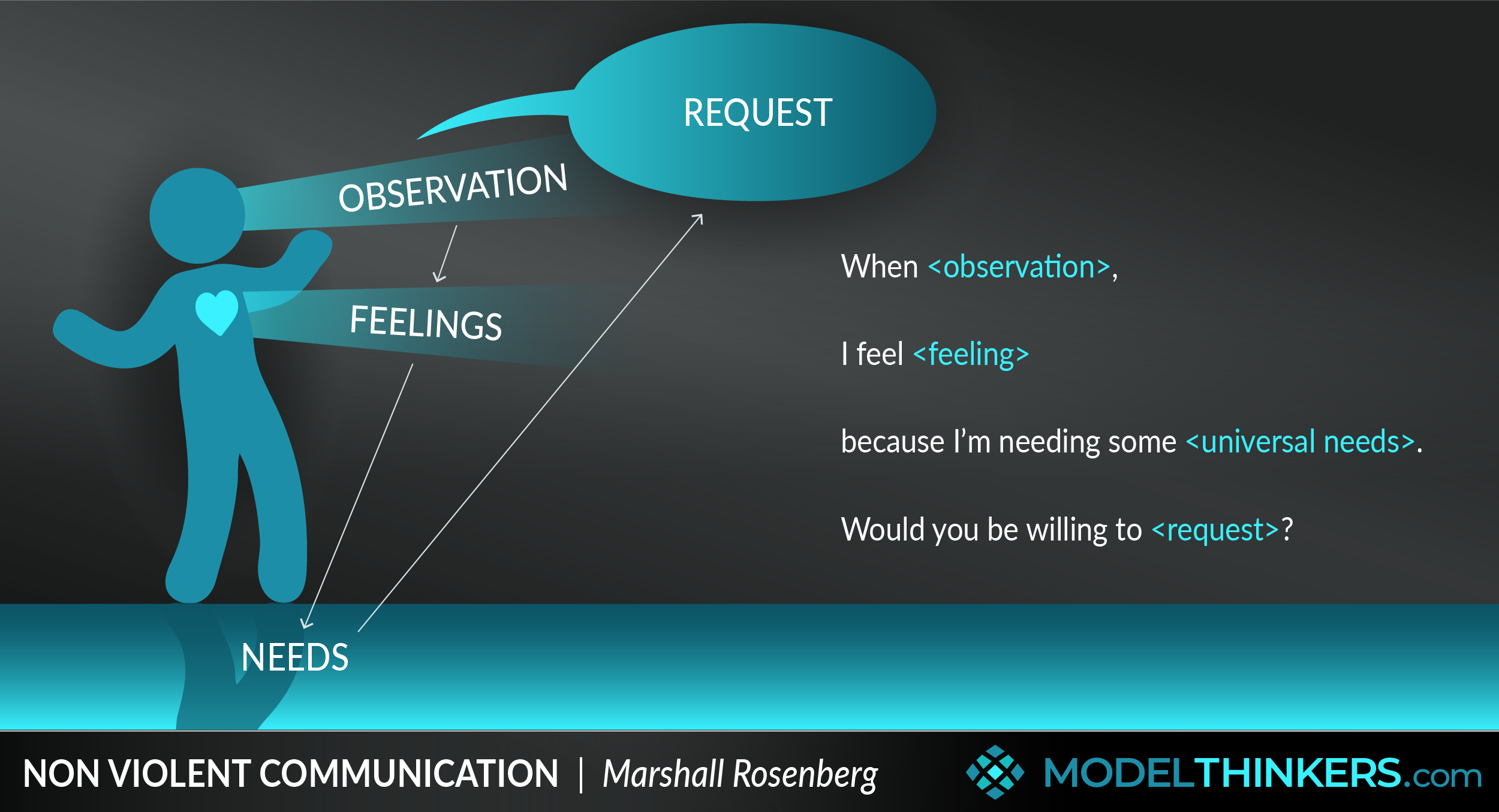
 0 saved
0 saved
 17.5K views
17.5K views








Take a moment to look at that guy in the picture, let's call him Pete. Imagine that Pete disagrees with you about something that you care deeply about. You're absolutely certain that you're right but Pete here is just as confident about his position.
How would you encourage Pete to consider your point of view? Even better, how would you get him to change his mind given that he's as dug into his perspective as you are with yours?
Please take another moment to think about what you would say to Pete. What models or frameworks (if any) might you use? And how would you approach the conversation more generally?
How did you go? Were you happy with your plan? Do you really think it would get you anywhere with Pete? After all, look at how smug he looks — that's so Pete, right?
This Playbook won't offer magical solutions to win hearts and change minds, but we're confident that it will add to your approach and help boost your influencing skills.
Definitely apply it to your interactions with other people, and then consider how you might also apply it to yourself as you challenge and shift your own views in the face of new evidence, experiences, and learning.
Note - as always, click into any model to find out more but be aware that about 30% of our content is members only.






















Premium content
Please do login or sign up to see premium contect
Subscription expired!
Please renew your subscription to access this feature.
 My Notes
My Notes






















